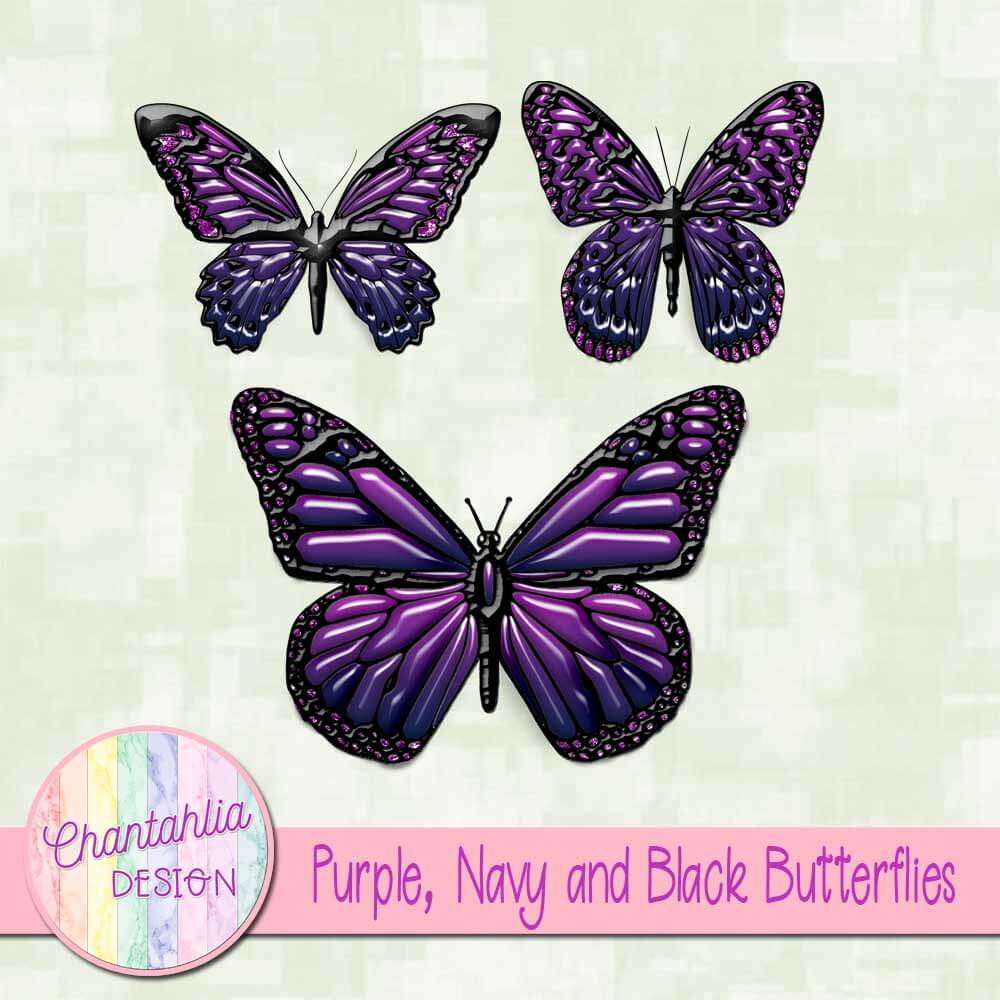

You’d think being so noticeable would be a risk, but it actually is an important tool for the Monarch’s survival! Their bright orange coloration makes them easy to spot and admire. This leads to the question, which butterflies are poisonous? Are Monarch Butterflies Poisonous?

Most animals realize which butterflies are a no-go, but it is still advisable to keep them away from butterflies that could be an issue. A pet or wild animal swallowing and trying to ingest one of these poisonous butterflies won’t be fatal, but may result in vomiting, diarrhea, and generally feeling crummy for some hours. Usually, if an animal bites a poisonous butterfly it will quickly realize it has made a terrible mistake and do its best to spit the butterfly out. Are Butterflies Poisonous to Animals Like Birds, Cats, and Dogs?Įven though animals have digestive systems that are able to handle quite different food than humans (we generally shouldn’t eat birdseed, for example), it holds true that any butterfly which could make us retch in disgust will also upset the tummy of a bird, cat, dog, or other beloved pet. Now, as people don’t eat butterflies too often, the bigger concern is if these butterflies can be poisonous to things like birds, cats, and dogs. The poison inside the butterfly is unlikely to be strong enough, and there are no known cases of humans dying from butterfly poisoning. However, it’s worth mentioning that even if a human decided to eat a nasty-tasting butterfly, this is unlikely to cause any serious harm. While people these days may not eat butterflies too often outside of some Spanish and Southeast Asian cultures, those individuals are well aware that while a number of butterflies may taste pretty good in their opinion, everyone can agree some species of butterfly are purposely nasty to prevent anyone from eating them! Often, a bad taste can indicate something is poisonous, and that is true with a number of kinds of butterflies. The way our sense of taste works we know that if something tastes awful, that generally means we should not eat it. So what would happen if a human tries to eat a butterfly? That’s why we say butterflies aren’t venomous.īut, they can be poisonous in another sense – that is, if another creature tries to eat them. Butterflies don’t have stingers, fangs, a mouth with teeth, or basically anything else that would allow them to inject their venom into another living being. They are simply not designed to fight or do any harm. How Can Butterflies Be Poisonous to Humans?īutterflies are very unlikely to harm humans (or any other mammal for that matter) because their physiology simply doesn’t allow it. Let’s examine via a Q&A format how certain butterflies can be poisonous to humans and animals, as well as which specific species should be avoided by us or our furry friends. Merely touching them with a hand (or paw) won’t harm you, but if you try and take a bite out of a poisonous butterfly, you’ll regret it! They then accumulate these toxins and they remain in the adult butterfly’s body, even though its diet changes. The interesting part is, butterflies typically get the poison from the plants they eat as caterpillars – which are sometimes toxic. Well, a number of butterflies actually have evolved to be poisonous. But, if they’re so delicate how can they possibly survive being preyed-on by bigger animals and bugs? It gathers nectar from a variety of flowers, but prefers tree samp, rotting fruit, dung and carrion.Generally in life, when we see butterflies, the common knowledge is to not touch them as they are fragile and our body’s oils can harm them in addition to our strong fingers smushing up their bodies (which is just a shame). Host plants used by the Red-Spotted Purple include cottonwood, wild cherry, willows, aspens, poplars, black oaks, hawthorn and other trees. Nectar and Host Plants Used by the Red-Spotted Purple It often lands high in trees, but will drop to ground level to feed and sip at mud puddles and stream banks. It is not an abundant species, and is most often seen in woodlands and along streams and marsh land. The Red-Spotted Purple butterfly is normally seen in the Eastern United States, from the Gulf Coast to southern Canada. It normally produces 2-3 broods per year. The size of the Red-Spotted Purple is typically in the 3.0" - 3.5" range. But it has no tails! It does mimic the distasteful Pipevine Swallowtail. It features orange or red marks on the tips of the wings.Īt first glance, it appears to be a swallowtail. The Red-Spotted Purple ( Limenitis arthemis) butterfly is black with blue or blue-screen scaling. Red-Spotted Purple Red-Spotted Purple Butterfly Coloration and Size


 0 kommentar(er)
0 kommentar(er)
